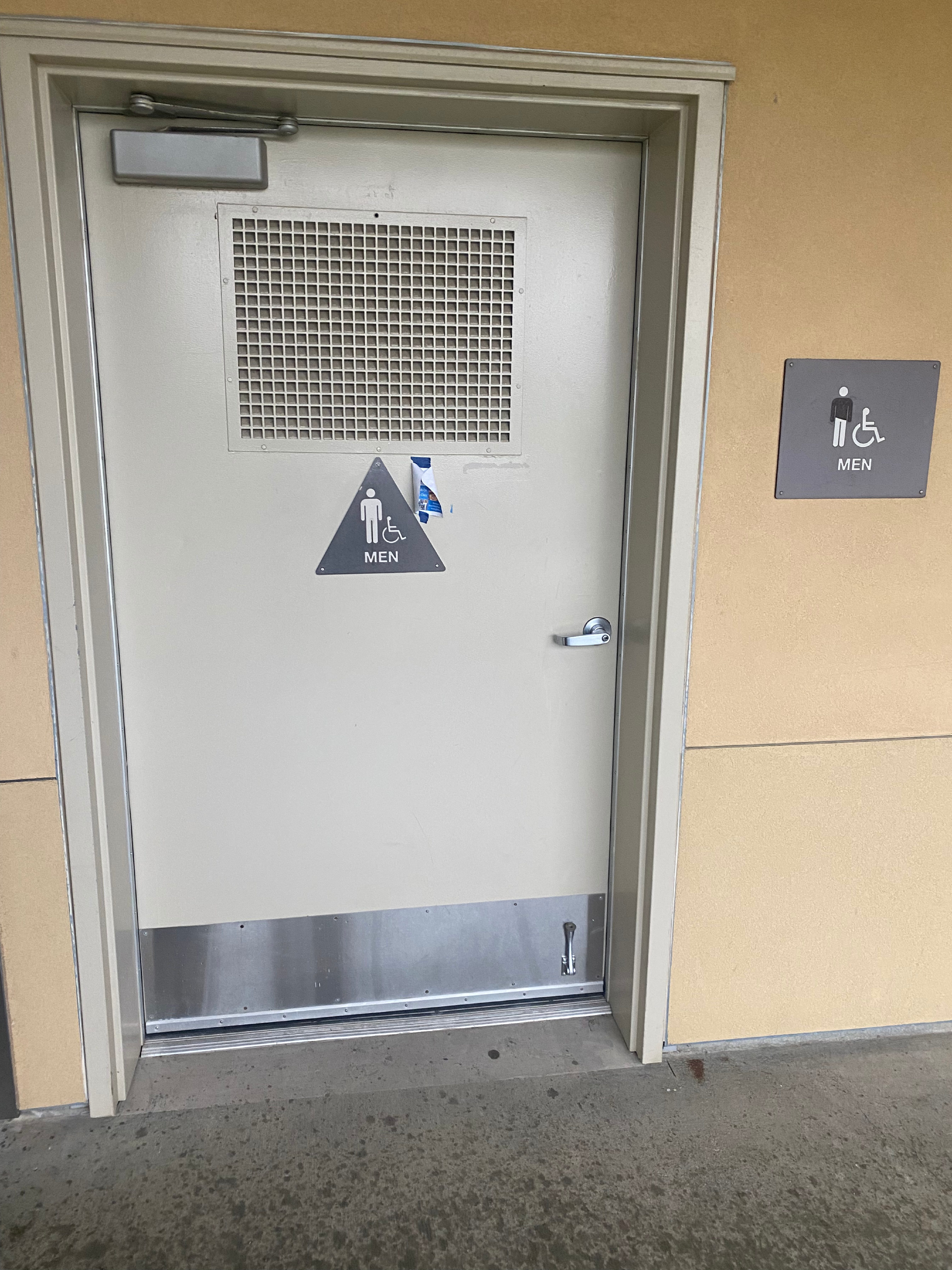The Age of Technology at School
Eagle time: Dec 2, 2017
Vista del Lago High School is seeing an increase of technology on campus, and the change has mixed results.
The biggest change so far is the number of Chromebooks available to students. The amount has increased since last year. Students are benefitting from the 1-1 ratio of students to devices.
Vista’s social science classes now complete almost all their work on Chromebooks through Google Classroom. This new system has already helped with organization and clarity for classroom assignments and homework for the few months it has been in use.
Students’ grades in classes that use Chromebooks improved in some cases. “I feel like in terms of test scores and mastery, [students] are doing a better job,” said Kelly Baquero, a U.S. History teacher.
However, having students use Chromebooks for almost the entirety of a class has some drawbacks. “I had to change my seating arrangement because I have to be able to see everybody’s screen,” Baquero said, in order to discourage students from browsing other websites.
“There is also the ‘cut-and-paste’ problem. Kids can share [answers with each other] a lot easier than they did before,” Baquero said. “The other potential problem I see is it’s less personal. Before, when they were doing [classwork] in their notebooks, I went around to every kid’s desk, pretty much everyday, because I just check their work on the spot in their notebook. I have lost some of that interpersonal stuff, and for me, at this point, that’s the biggest disadvantage.”
Using these devices in school can also have benefits. “[Computers are] helpful… I think that they have benefits that textbooks don’t have, like multiple resources. You can get secondary and primary sources on computers,” said Leah Feldman, a junior.
Many of Vista’s students have experienced an increase in their screen time, now that they are using technology more at school. Feldman said that she spends up to two hours on electronics outside of school, between her busy schedule. As for during school, she said, “At some point, I use them in all of my classes.”
Between using Chromebooks in multiple classes and spending time on laptops and cellphones at home, students are susceptible to the health risks of electronics. A large amount of screen exposure throughout the day has negative health effects. The Vision Council describes symptoms of digital eye strain as headaches, neck and shoulder pain, and dry eyes. In addition to this, teenagers are more prone to irritable behavior and shorter attention spans as a result of the exposure. “Sometimes during fourth block [history class], because we use [Chromebooks] the whole time and if it’s dark in the classroom, it gets tiring,” said Feldman.
Computers, cell phones, and many other electronic devices emit blue light, a visible light with short wavelengths and high amounts of energy. Large amounts of this harsh light can cause retinal damage and macular degeneration over time, according to “Blue Light Exposed”. As opposed to these dangers, there are a few benefits associated with the it. Blue light exposure can boost alertness and elevate mood, though the risks outweigh this after prolonged periods of time.
Computers fall short on the effectiveness of studying and how much a student can learn when using them. Medical Daily explains a study that has shown how using a pen and paper to take notes and study is more efficient than typing them out. Writing words takes longer and forces the brain to internalize the words, whereas quickly typing only allows a limited amount of information to be gathered.
This new increase of technology in the classroom decreases the amount of paper used by students and teachers, but the possibility of this having any environmental benefits is still unknown. “Computers use a lot of metals and rare earth metals. There is a lot of mining and production that goes into making a computer, so I don’t know if there is actually an environmental benefit,” said Miranda Ayad, an AP environmental science teacher.
Students’ learning environments are continuing to change with new materials and devices every year. We can see the advantages and disadvantages in all aspects, though the handling of these new opportunities are up to the student.









































